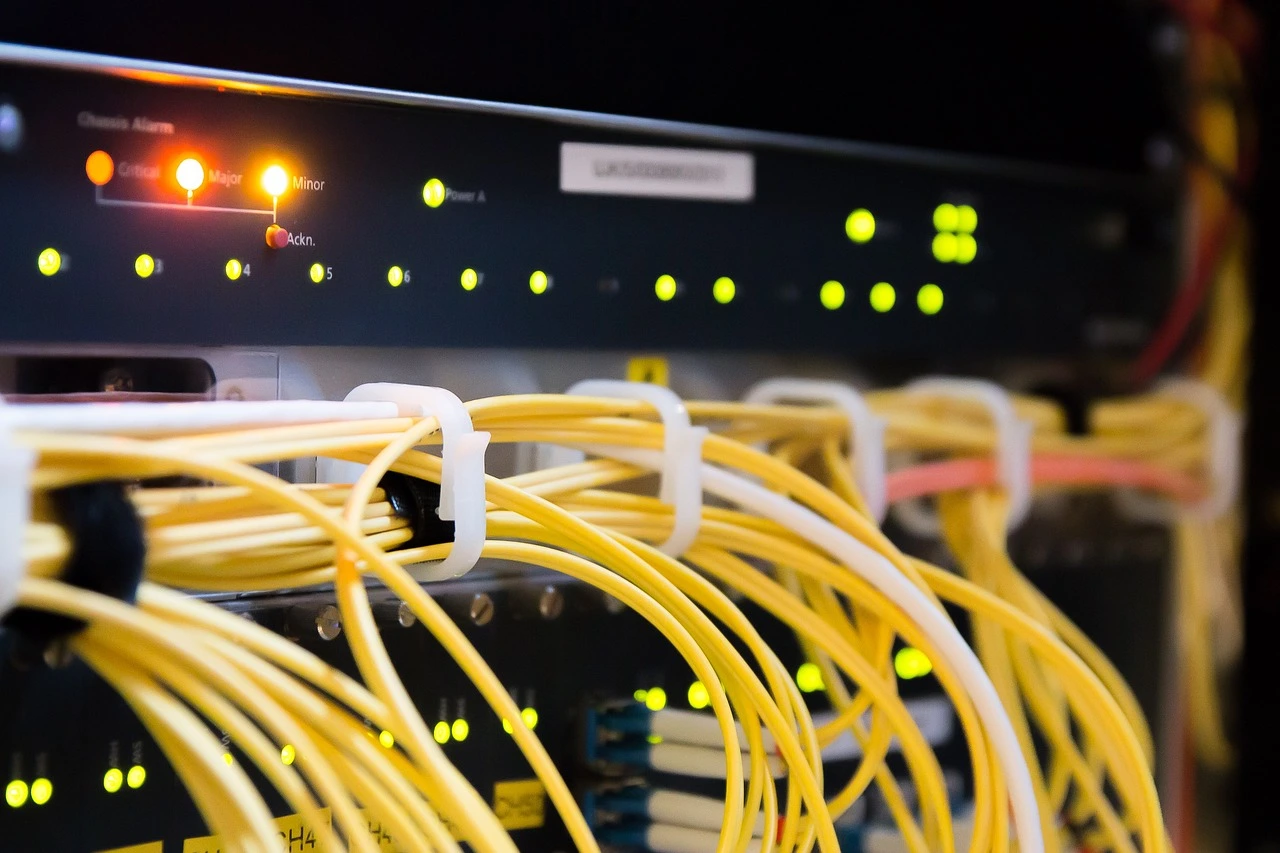
When I first started diving into the world of IT and networking, I remember being utterly confused by all the different types of servers out there. To be honest, it felt like trying to learn a whole new language. You hear terms like “web servers,” “database servers,” and “DNS servers,” but what do they really mean? As I went through the process of learning and experimenting, I began to see how each server plays a crucial role in keeping the digital world running smoothly. And I want to share that understanding with you. So, if you’ve ever wondered what exactly these servers do and how they make your online experience possible, you’re in the right place. Let’s break down the various types of servers you should know about!
1. Web Servers: The Gatekeepers of the Internet
Now, if you’ve ever browsed the web, let’s be honest, who hasn’t?, you’ve interacted with a web server. In simple terms, a web server’s job is to take your request (when you type a website’s URL into your browser) and respond by delivering the requested content. I vividly recall setting up my first website, using a free hosting service that provided a basic web server. At first, it was just a simple homepage, but watching that page pop up on my browser after making a request was nothing short of magical.
Web servers are the backbone of any online presence. Without them, we wouldn’t have access to websites, blogs, or any content you usually enjoy online. I learned this firsthand when I started my own project and hosted it on a web server. It was an eye-opening experience to see how these servers handle multiple requests at once, delivering content like text, images, and even videos. So, whenever you access a webpage, you can thank web servers for making it possible.
They’re like the delivery system for the internet, taking your requests and making sure you get exactly what you asked for. You can imagine a web server as a sort of waiter at a restaurant. You place your order (the URL), and the waiter (web server) brings you your meal (the web page). There are several types of web servers out there, with Apache and Nginx being among the most popular. These servers ensure that users like you and me can access information efficiently, with little to no delay. And that’s pretty crucial when we live in a world where speed matters so much!
2. Database Servers: The Custodians of Data
Have you ever wondered where all the data on websites, apps, or systems is stored? Well, database servers are the unsung heroes behind this. I remember when I started working on a project that involved storing large amounts of data, everything from user information to inventory in an online store. Without database servers, managing all that information would have been impossible.
A database server is designed to store, retrieve, and manage data. It processes requests from clients and sends back relevant data based on queries. This is critical because if we want to access any kind of information, whether it’s a customer’s profile or product details on an e-commerce site, these servers step in to deliver that information in seconds.
Think of database servers as the “librarians” of the digital world. Imagine if you needed a book but didn’t know where to find it in a giant library. The librarian (database server) helps you find it. They’re like the masterminds behind the scenes, ensuring that the right information is always at your fingertips. When I first worked with a MySQL database, I saw how quickly data could be retrieved and manipulated. It amazed me how efficient the process was once the database was set up correctly.
3. File Servers: The Digital Storage Units
If you’ve ever worked in an office environment with shared folders, you’ve interacted with a file server. I’ll never forget the first time I set up a file server for a small team I was managing. Before that, we relied on email attachments to share documents, which was incredibly inefficient. Once we had the file server in place, everything changed.
File servers serve as centralized locations for storing data, making it easier for multiple people to access and share files. No longer do you need to email large files back and forth. Instead, everyone can simply access the server, download the necessary files, and be on their way. For me, setting up a file server felt like solving a long-standing puzzle. The team could now easily access the data they needed, and things ran much more smoothly.
Think of file servers as your digital filing cabinets. Instead of keeping physical copies of documents, file servers store everything digitally, and you can access it anytime you need it. It’s like having a shared folder that you can access from anywhere, anytime, without worrying about file versions or email limitations.
4. Mail Servers: The Postal Service of the Digital World
I still remember setting up my first email server. At the time, I had no idea how complex it would be. Email is something we take for granted now, but without mail servers, we wouldn’t be able to send or receive messages. These servers ensure that when you send an email, it reaches its destination safely and securely.
A mail server handles both sending and receiving emails. The email you send from your Gmail account goes through a mail server, which ensures that it’s properly routed to the recipient’s inbox. It was only when I started setting up mail servers that I understood how much work goes into making sure our emails don’t just disappear into the ether.
I can’t help but laugh when I think back to the countless issues I ran into while configuring my own email server. Spam filtering, inbox organization, and ensuring that all emails were properly sent without delays took a lot more work than I imagined. But once I got it running, I realized how critical mail servers are to our daily communication. Without them, sending an email would be as unreliable as sending a letter by pigeon.
5. DNS Servers: The Internet’s Address Book
If you’ve ever wondered how your browser knows which website to display when you type a URL, DNS servers are the key. DNS, or Domain Name System, essentially converts human-readable domain names (like “www.google.com”) into machine-readable IP addresses. I can still remember when I first learned about DNS servers and how they act as the “internet’s address book.”
The first time I had to configure a DNS server for a website I was working on, I was surprised at how crucial it was. Without it, the internet would be a chaotic place where typing “google.com” wouldn’t bring up Google’s homepage. Instead, you’d need to memorize a string of numbers (the IP address). DNS servers are the reason why we can use easy-to-remember domain names to access websites instead of relying on numeric addresses.
DNS servers keep the internet running smoothly, ensuring that users get the correct websites when they enter a domain name. For me, getting a DNS server to work properly was like solving a complex riddle, but once it clicked, I realized just how vital it is to every single action online.
Conclusion: The Unsung Heroes of the Digital Age
After going through all these different server types, it’s clear to me that the internet wouldn’t function without them. Each type of server has a distinct role, but they all work together to ensure that our digital experiences are seamless. From delivering web pages to sending emails and managing data, these servers are the true unsung heroes of the digital world. I’ve learned over the years that understanding how these servers work together is key to appreciating the complexity of the internet.
Next time you browse a website or send an email, take a moment to think about all the servers working behind the scenes. It’s incredible how much is going on behind the curtain, making sure everything works perfectly. So, here’s to the servers, the silent workers that keep the digital world running smoothly!





